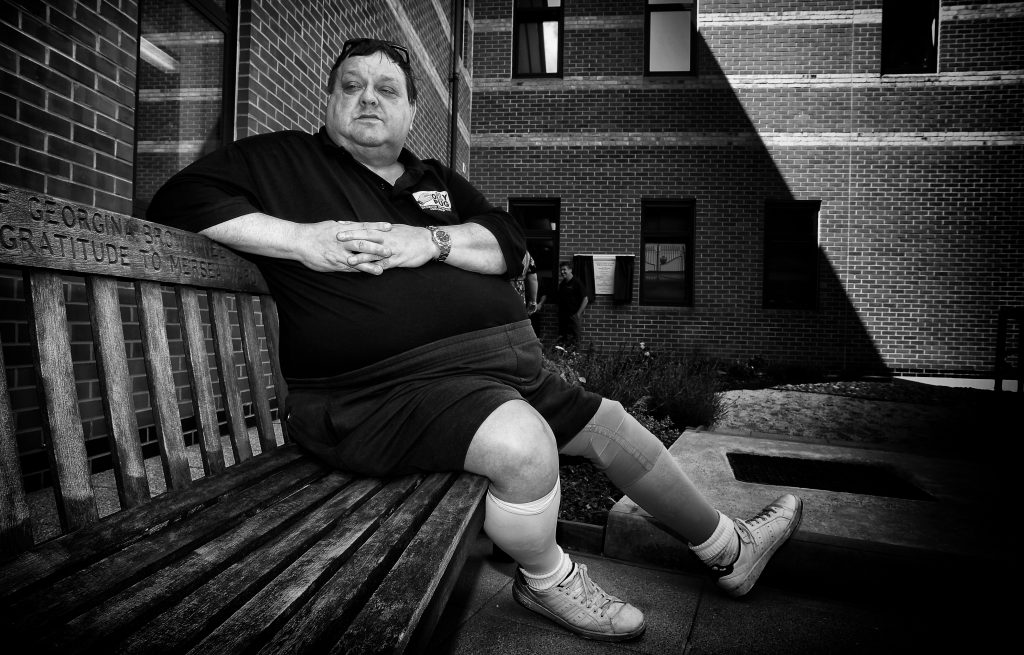Being the odd one out is strangely invigorating, a good-for-the-soul experience.
I experienced it being the only white man on a Tanzania-bound cargo ferry, I experienced it working at the no longer extant Disability Rights Commission and I experienced it a couple of weeks back with an inspiring and no-nonsense group of lower limb amputees.
By being the oddity – in the most recent example, by having two lower limbs – your sense of group identity is challenged. So these were a bunch of amputees. So they’re a group, right? But then they’ve all got their individual stories – and you hear how a below-the-knee amputation is a very different experience to an above-the-knee one.
Surprise, surprise – the people grouped by society into an amorphous block turn out to be individuals too. A life lesson that’s always worth a reminder – and being the odd one out gives that same lesson a mallet to hit you with.
The most striking story was that of Sandra, because she did what most of us might find unimaginable – she asked to have her lower leg removed.
Aged 20, Sandra was involved in a moped crash which caused a double compound fracture that prevented her from walking properly and left her in excruciating chronic pain.
Operations were carried out but the pain remained.

In 2011 she went to her doctor.
“I said ‘I cannot carry on like this’,” she told me. “I had no quality of life. I just asked if he could do a major operation. I did not even mention the word amputation.
“When I made the decision I just felt as though a massive cloud had been lifted.”
And then there was Graham, who went into hospital with a sharp feeling in his foot and he woke up to find his lower leg gone. And there was a blue marker line higher up his leg. If the swelling reached the line, he would have had to have more of his leg (above the knee) removed. Terrifying. Only not, it seems, to Graham who had already experienced going blind over a single weekend.

And the incredible Frances who you cannot possibly believe is in her 60s. She had a full limb removal aged 13 months and so, in her words, has never known anything different.
She reminds you that she was a teen in the 1960s. She’s searching your eyes to see if you’re getting her point. I’m not.
“Miniskirts,” she points out. “Wooden leg.”
Ah.
“Horrific,” she says.
The enormity of this hits you and you’re struggling to find the words. Then she smiles and says:
“But I have brought up three children and had a successful career as a teacher.”

Throughout her career, she was employed as able-bodied.
“I only got a blue badge five years ago – and that was for my other knee which is getting creaky, not my prosthetic limb.”
She said having a baby was like “having a baby” adding: “It changes everything. But everything does not stop, it just changes.
“You can do the things you want, but you just go about doing those things differently.”
Wow.

